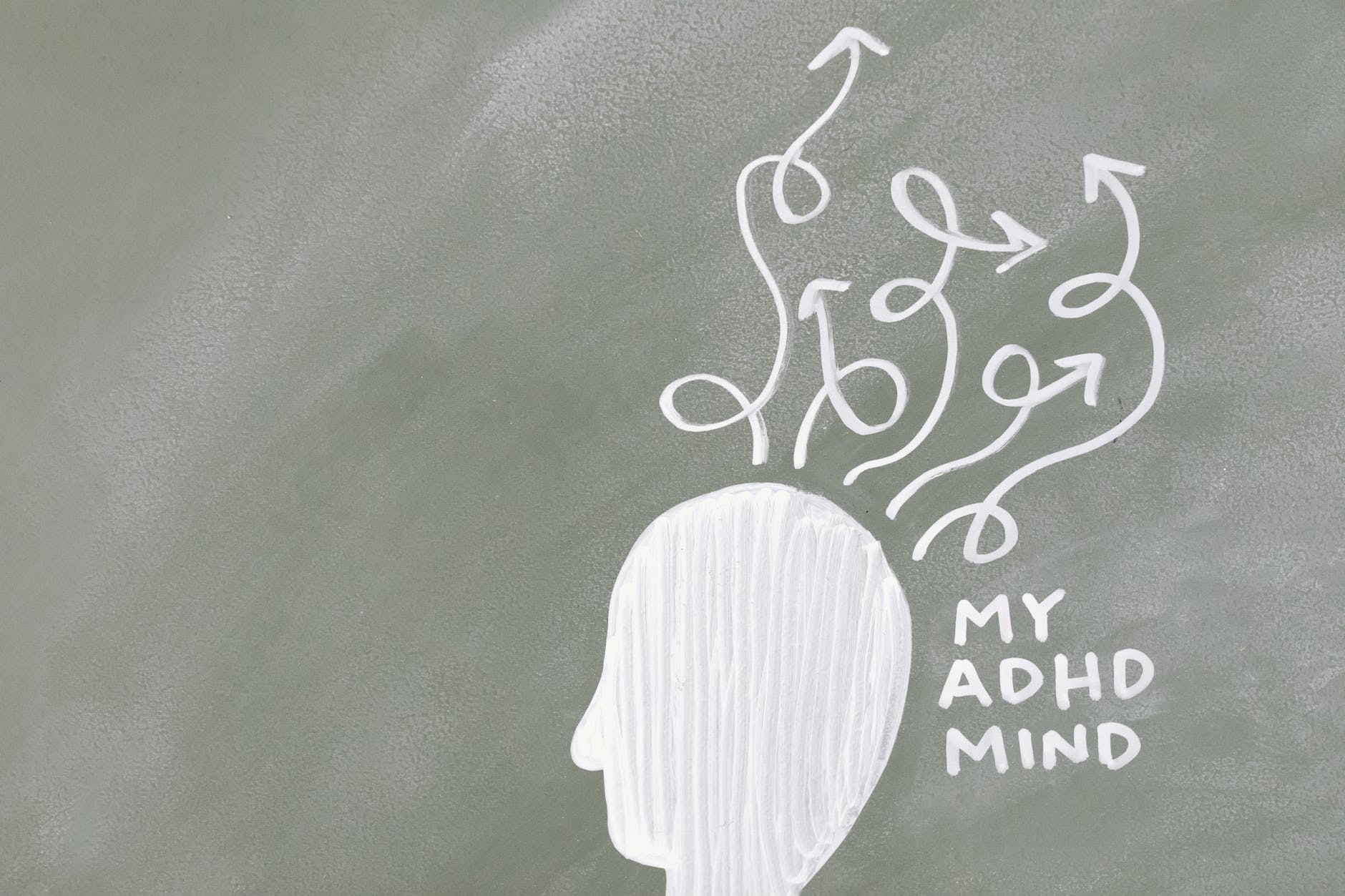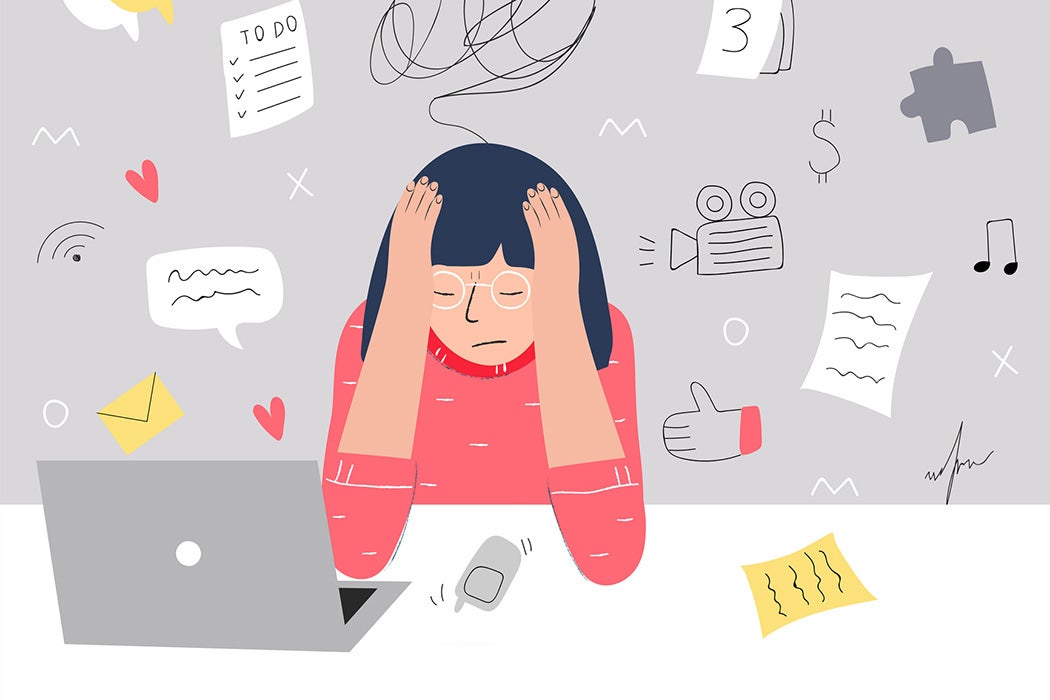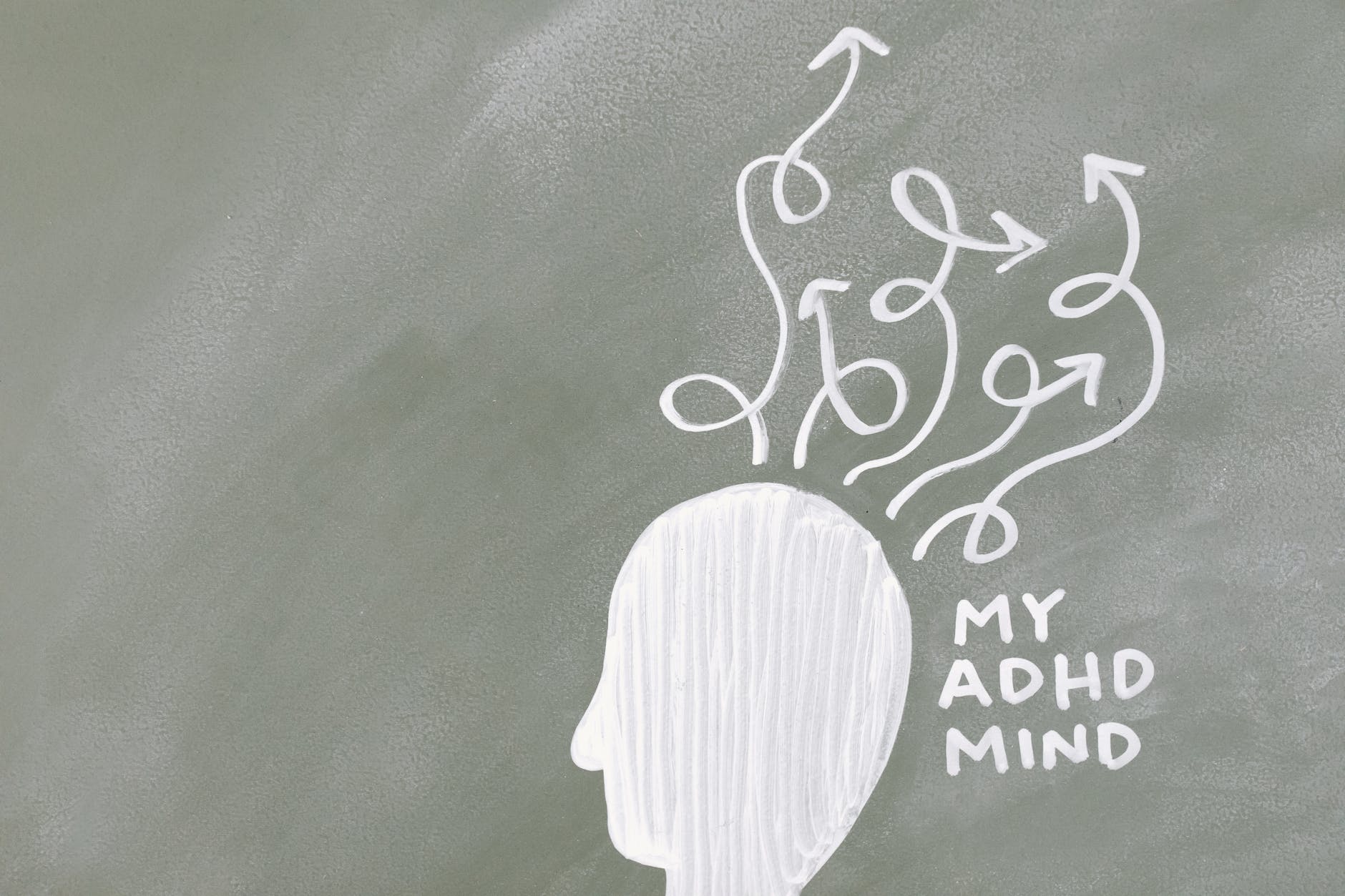
Attention Deficit Hyperactivity Disorder (ADHD) usually appears during childhood and can affect anyone, although your genes play an important role.
ADHD affects 5% to 11% of youngsters, depending on the source. I have always studied that boys are more prone to ADHD, but as a female experiencing the same disease, I disagree with it.
Additionally, a large percentage of girls or women suffer from ADHD, but lack of data and almost no research makes it impossible for us to know that.
When I was diagnosed with ADHD, I started reading more about it and what girls go through due to ADHD.
Also Read: Wordle And Mental Health
Statistics Can Be Misleading
As per the research and data, boys are diagnosed with ADHD twice as girls, although this does not necessarily translate to a higher number of ADHD cases in males.
After I went to some doctors and experts and talked about this, they said that girls are less likely to be diagnosed with ADHD than boys because their symptoms are more difficult to detect.

ADHD in females has gotten far less attention than in boys due to a lack of studies. I myself got diagnosed with ADHD very late as symptoms were tough for anyone to notice.
The disorder usually begins in childhood, but many girls don’t realize they have it until they start experiencing big problems later in life.
It makes me sad that most of the girls and their parents don’t even know that they have ADHD.
How ADHD Affects Girls
An adult girl with ADHD can have similar difficulties in school as their male companions. Girls with ADHD are often labeled as daydreamers because of the society’s mindset, which I am saying from my personal experience.
Sometimes, I find it more challenging to interact with others due to ADHD. Adult females with ADHD may find it hard to maintain a career and cope with the stresses of daily life.
When it comes to personal finances, household chores, and child care, females with ADHD may find it very challenging to keep track of everything.
Three Types of ADHD
- Hyperactive-impulsive type
- Inattentive type
- Combination type, which involves combined symptoms of the other two types
Even though females might suffer from any of the three varieties of ADHD, those diagnosed with the condition are more likely to fall in the ‘inattentive’ category.
Concentration and the ability to acquire and process new information are all difficulties associated with this type of disorder.
Another way of putting it is that not everyone suffering from ADHD will appear hyperactive, fidgety, irritable, or impulsive.
When girls do not act out or cause disturbances at an early age, it may take longer for parents and teachers to recognize the signs that they exhibit when they do.
Most prominent indications of ADHD in females
- Talking excessively or frequently, even when parents or teachers ask them to stop;
- Extreme emotional sensitivity as well as reactivity, including crying or getting upset easily;
- Difficulty paying attention to directions at home or school;
- A tendency to daydream or appear lost in their own world;
- Slow or distracting movements;
- Tendency to blurt out thoughts or act on emotions without thoroughly considering the consequences;
- A tendency to abandon objectives or plans regularly in a state of half-organized chaos that manifests itself in a cluttered bedroom, workstation, or rucksack
- Disturbing peers during discussions and activities consistently
- Having difficulty developing and sustaining friendships
- Facing problems finishing homework on time, having difficulty sleeping, including having problems falling asleep or early-morning awakening
- Bullying, intimidation and other controlling behaviors are all examples of relational aggressiveness toward peers.
- A propensity for physically demanding outdoor activities and sports that involve a great deal of physical effort
Some females may experience more acute symptoms shortly before and during their period, while others may not.
According to some evidence, females are more likely than boys to have less severe symptoms, particularly hyperactive-impulsive symptoms.
When parents and teachers detect these indicators, they may attribute them to variations in personality or immaturity in the child.
Also Read: How to Treat Insomnia?
ADHD in Boys vs. Girls
Boys are diagnosed with ADHD at a rate of nearly 3x higher than girls, while the ratio of adult men to women is closer to one to one than that of girls.
Researchers believe that rather than ADHD being more frequent in boys, there is a lack of recognition of the disorder in females.

There are a variety of possible explanations for this disparity, including:
- Men are more likely to exhibit impulsive and hyperactive symptoms than girls. Inattentive symptoms are more common in girls than boys.
- A typical pattern among girls is the development of compensatory adaptive behaviors and coping techniques that serve to disguise their symptoms.
- Girls tend to present themselves more inside, while boys prefer to exhibit themselves more overtly.
- Girls with ADHD are frequently misdiagnosed with different illnesses, such as anxiety or depression. ADHD is ignored when they have a concomitant disorder, such as bipolar disorder or schizophrenia.
- Inattentional symptoms are more likely to arise in a structured educational setting, such as high school or college, leaving signs more visible in teens and young women than in children.
- Males with attention deficit hyperactivity disorder are more prone than females to exhibit symptoms and behaviors that are much more disruptive &, therefore, more conspicuous.
- Because females with ADHD are often less disruptive than boys, it may not be immediately apparent that they are having difficulties. Daydreaming will not raise any red lights that are impossible to notice or ignore, such as repeated interruptions or difficulty staying seated for long periods of time.
- Even when females exhibit symptoms that are comparable to those seen in boys, ADHD may be overlooked or underestimated because they do not match the mental picture of a typical kid with ADHD, which is a common misconception.
- In contrast to this, many women and their families regard their troubles simply a result of the stress of modern-day living rather than as a result of ADHD.
Other Circumstances
Many other circumstances might increase ADHD symptoms and potentially cause parents or doctors to overlook ADHD as the cause, including:
Hormonal changes
Symptoms of adult ADHD may place a further strain on already stressed brains and bodies. Women suffering from Premenstrual Syndrome (PMS), for example, might already be oversensitive and irritable.
It is relatively uncommon for women in the perimenopause stage to be experiencing some difficulty with memory, cognitive abilities, and word retrieval.
Also taken into consideration is the emotional rollercoaster that commonly accompanies pregnancy and postpartum depression.
The significant fluctuations in hormone levels can harm one’s mental health and well-being. When you add ADHD to the mix, the load will likely become much more prominent.

Menstrual blood loss causes an iron deficit
According to research, minor iron deficiency, such as that experienced by certain females, can have an impact on cognitive abilities.
When combined with the symptoms of ADHD, iron deficiency can become a severe problem.
Other types of mental illnesses
According to the Children and Adults with Attention Deficit Hyperactivity Disorder (CHADD), an advocacy group, as many as two-thirds of children with ADHD have at least one co-existing disease.
Depression and anxiety are frequent symptoms encountered by people having attention deficit hyperactivity disorder. Furthermore, they tend to be more widespread among females as a whole.
Personal Problems
Girls and women who have been physically abused and those who have not had positive role models for things such as parenthood and organization are more likely to show symptoms of ADHD.
These, as well as other personal variables, may make the diagnosis of the illness more difficult to make.
Hope for the Future
The medical profession is beginning to recognize that ADHD is a significant problem for females and that the illness frequently lasts into adulthood.
Women who feel they may have ADHD should educate themselves on the disease and seek the advice of a mental health specialist who specializes in this area.
A general practitioner, who treats attention deficit hyperactivity disorder in older teenagers, can benefit many women.
In most cases, a psychiatrist or a therapist is the most qualified to identify the problem in the female population.


Leave a Reply